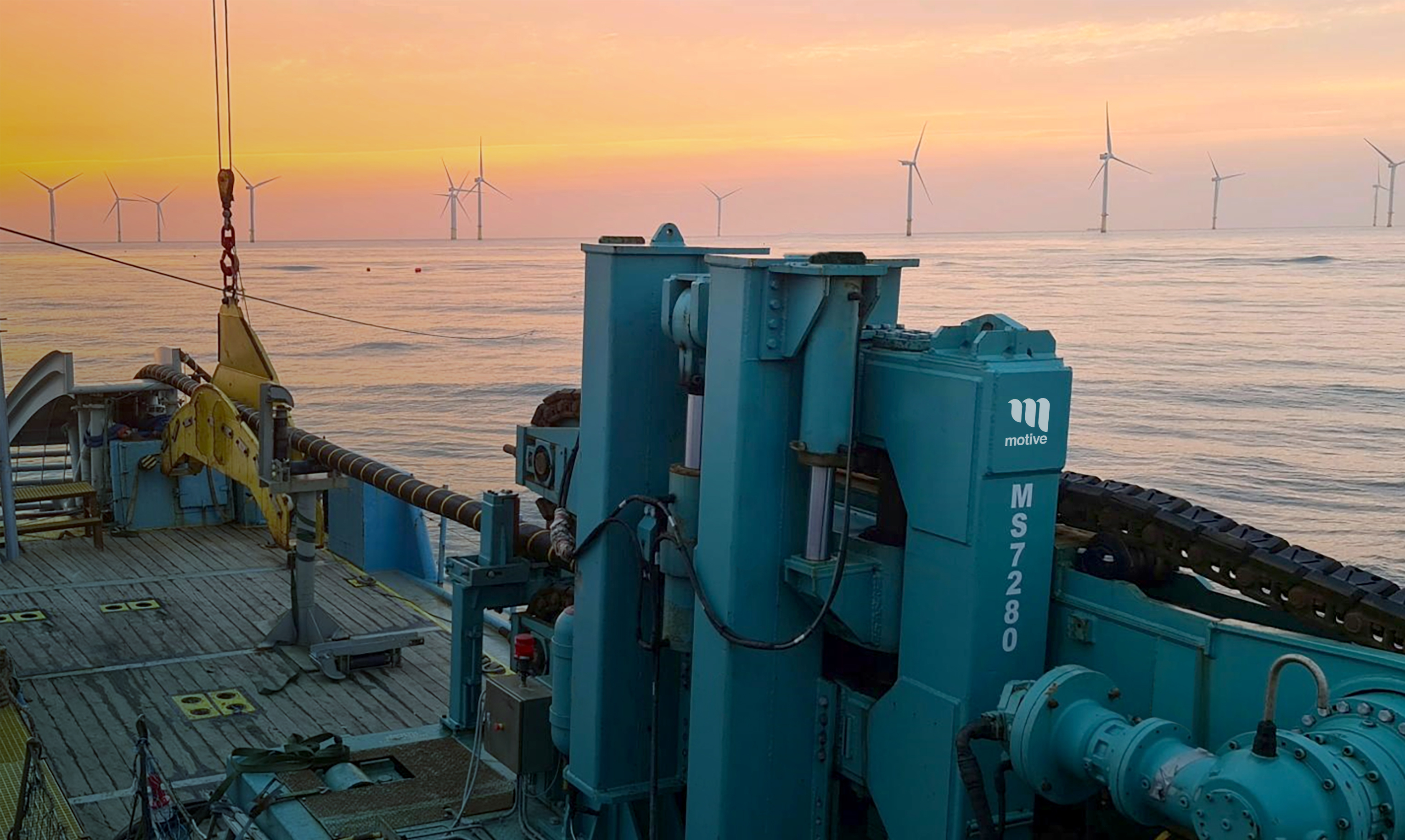US Offshore Wind Ambitions Hinge on its Marine Equipment Supply Chain
29 JULY 2022
How the US can build on European offshore wind industry expertise to meet bold scale-up ambitions
by Declan Slattery, Chief Financial Officer @ Motive Offshore Group

Bold action comes from bold ambition, and ambitions don’t come much bolder than the US’ plan to scale-up offshore wind capacity from 42 megawatts to 30 gigawatts by 2030.
This will require an unprecedented pace of development.
How exactly then, can the US incorporate the best of the European offshore wind industry to meet its ambitions?
Moving Marine Equipment
The US has a shortage of the necessary specialised vessels needed to move essential marine equipment to and from sites. The Jones Act - which prevents foreign built, owned or manned vessels transporting goods between US ports - hinders the import of fleets from more mature markets. The tight timelines involved in installing 30GW by 2030 mean designing and commissioning such vessels isn’t on the cards.
However, where there’s a will, there’s a way.
Operating out of Canada is one option for projects in the Northeast or reliant on US-flagged barges. The Jones Act applies from port-to-port, so for example, components could be transported from the shore by barges to waiting WTIVs which have sailed from Europe or Asia.
Onshoring the Offshore Supply Chain
Today, the US lacks a fully established domestic supply chain for offshore wind. Capital projects worldwide - and not just in wind - are suffering from marine equipment and materials shortages at the time of writing, and that problem is harder - and more expensive - to manage when suppliers are extremely remote.
Fortunately, elements of the US offshore wind supply chain are clicking into place. Homegrown giants and specialists like GE and Oceaneering are bringing home rich expertise earned abroad. Then there are others doing the reverse - applying learnings from far-flung home markets. As an added incentive to build out the domestic supply chain for the sector, local economies can be bolstered by local content and skilled employment opportunities.
All signs point to a winning combination - a balance of American companies supplying American projects, and specialists from abroad plugging the gaps by creating American jobs in the process.
All Eyes on Martha’s Vineyard
There is an urgent need to integrate and simplify buying services across a complex international supply chain. US developers could benefit from neutral conveners capable of bringing together an ecosystem of marine equipment and providing an integrated end-to-end offering from equipment sourcing to operation.
In this context, all eyes should be on the 800MW Vineyard 1 project off the coast of Martha’s Vineyard – “a project that the industry has long treated as a harbinger of the industry’s fortunes” and the first commercial-scale offshore wind farm in the US.
At Motive Offshore, our knowledge and experience from working on wind projects across the UK, Taiwan and Europe allows us to supply reliable cable handling, lifting and pulling equipment, on both a purchase and rental basis, to the offshore wind market. Our expert global teams also provide inspection services to the specialist vessels, which are vital to sustaining safe and efficient wind operations offshore. This can expand to include everything from marine equipment sourcing and testing, to mobilisation and operation under one umbrella. To date, we’ve provided support to over 30 large, global offshore wind projects such as Greater Changhua in Taiwan, Seagreen in the UK, and Vineyard in the US.
The US can benefit from Europe’s more mature offshore wind market which has been able to join up everything from supply chains to design and engineering.
If it can get the balance right, US offshore wind could become a tremendous source of jobs and wealth, and even bring home that 30GW by 2030 target.